

Max Lab > Lab Test in Ambala > Lab Test in Pathreri > MRD-ALL Panel
₹ 12500
10% OFF for Senior Citizens | USE CODE SS10 *
@3x.png) Description
Description
Minimal residual disease is defined as the small number of cancer cells that remain in the body after cancer treatment. Measurable or minimal residual disease (MRD) testing is used to observe whether the cancer treatment is working fine or not. It also helps to plan further treatment plans. MRD test in Pathreri, Ambalaing is mainly used in blood cancers, such as leukaemia, lymphoma, and myeloma. MRD test in Pathreri, Ambala for acute leukaemia is the strongest independent prognostic predictor. Also, for the treatment of adult and paediatric acute lymphocytic leukaemia (ALL), MRD test in Pathreri, Ambalaing is a part of routine test in Pathreri, Ambalaing. Additionally, in relapsed settings of multiple myeloma, MRD test in Pathreri, Ambalaing is a predictor of survival outcomes. The standard procedure of the MRD test in Pathreri, Ambala is to assess the number of myeloma cells in a bone marrow sample using techniques like genetic sequence analysis, next-generation sequencing and flow cytometry: next-generation flow.
MRD test in Pathreri, Ambala is done to find any remaining cancer cells that may be left in small numbers. MRD lab test in Pathreri, Ambalas use sensitive methods which can find even a single cancer cell in 1 million healthy cells. MRD blood test in Pathreri, Ambalas include methods such as polymerase chain reaction (PCR), multiparametric flow cytometry, and next-generation sequencing (NGS). Such test in Pathreri, Ambalas are used after initial treatments for blood cancers like multiple myeloma. It helps to observe how well a person’s body is responding to treatment, if the person is in full remission, and to check if remission is stable or not or if there is any recurrence.
MRD test in Pathreri, Ambala results can affect a person’s treatment by helping in making treatment decisions and improving patient outcomes as it helps in:
@3x.png) Description
Description
Minimal residual disease is defined as the small number of cancer cells that remain in the body after cancer treatment. Measurable or minimal residual disease (MRD) testing is used to observe whether the cancer treatment is working fine or not. It also helps to plan further treatment plans. MRD test in Pathreri, Ambalaing is mainly used in blood cancers, such as leukaemia, lymphoma, and myeloma. MRD test in Pathreri, Ambala for acute leukaemia is the strongest independent prognostic predictor. Also, for the treatment of adult and paediatric acute lymphocytic leukaemia (ALL), MRD test in Pathreri, Ambalaing is a part of routine test in Pathreri, Ambalaing. Additionally, in relapsed settings of multiple myeloma, MRD test in Pathreri, Ambalaing is a predictor of survival outcomes. The standard procedure of the MRD test in Pathreri, Ambala is to assess the number of myeloma cells in a bone marrow sample using techniques like genetic sequence analysis, next-generation sequencing and flow cytometry: next-generation flow.
MRD test in Pathreri, Ambala is done to find any remaining cancer cells that may be left in small numbers. MRD lab test in Pathreri, Ambalas use sensitive methods which can find even a single cancer cell in 1 million healthy cells. MRD blood test in Pathreri, Ambalas include methods such as polymerase chain reaction (PCR), multiparametric flow cytometry, and next-generation sequencing (NGS). Such test in Pathreri, Ambalas are used after initial treatments for blood cancers like multiple myeloma. It helps to observe how well a person’s body is responding to treatment, if the person is in full remission, and to check if remission is stable or not or if there is any recurrence.
MRD test in Pathreri, Ambala results can affect a person’s treatment by helping in making treatment decisions and improving patient outcomes as it helps in:

Typhoid fever is a severe infection that can affect different organs. It is a...Read More
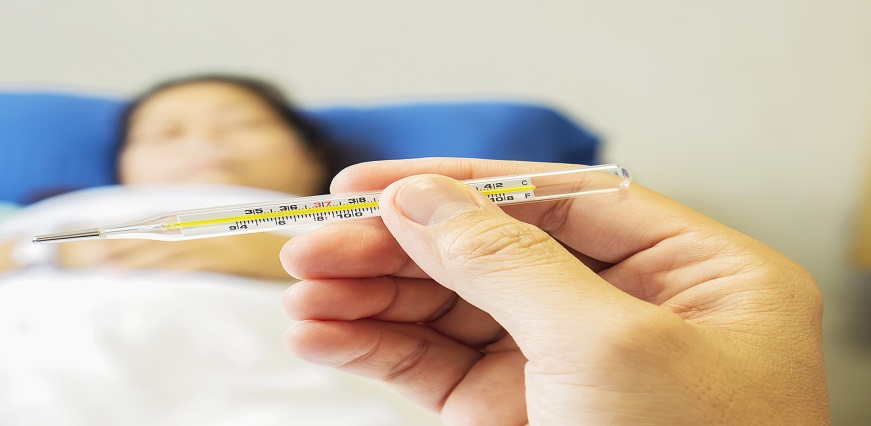
Typhoid is a bacterial disease that has been affecting the world’s popu...Read More

Typhoid fever is relatively rare in developed countries but quite common in d...Read More

Certain diseases like malaria, dengue, etc. are common during the monsoon sea...Read More
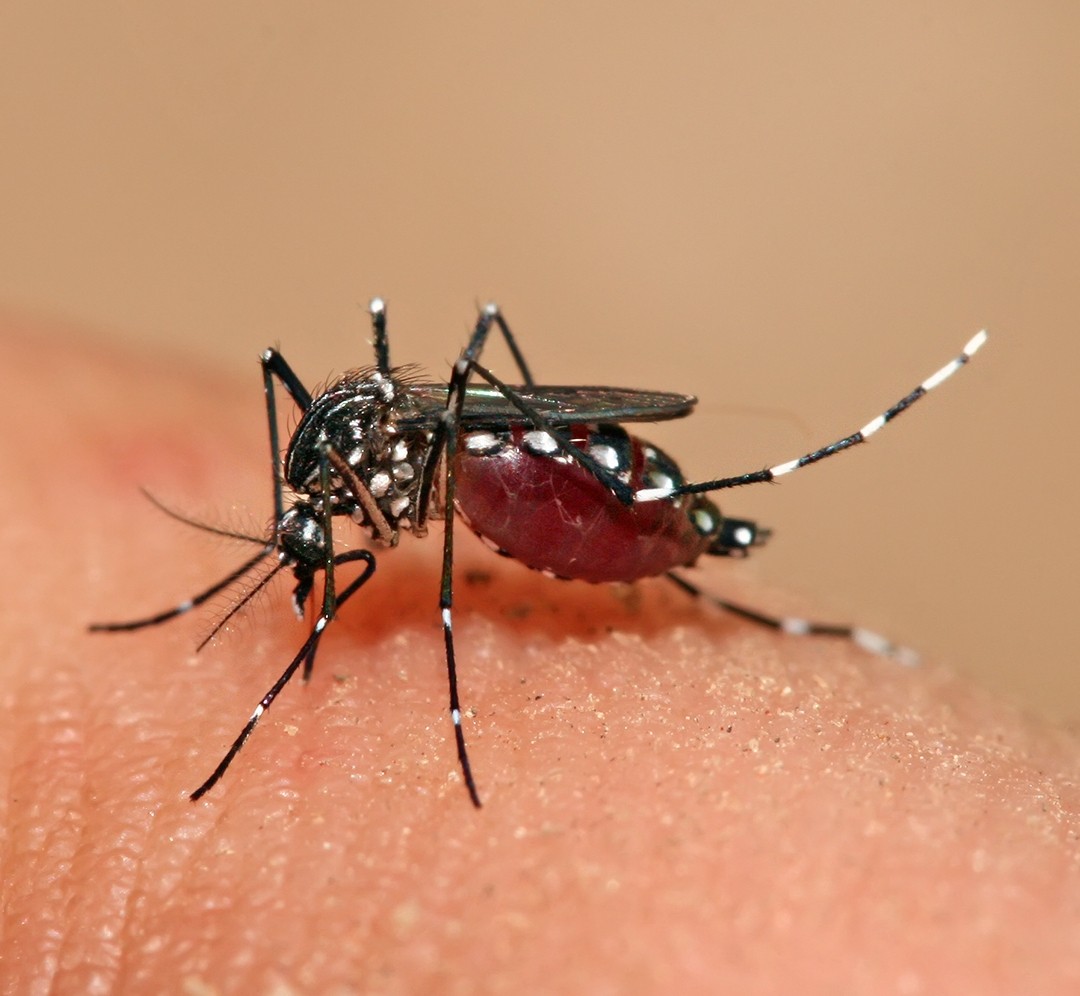
Chikungunya is an arthropod-borne infectious disease caused by the ...Read More
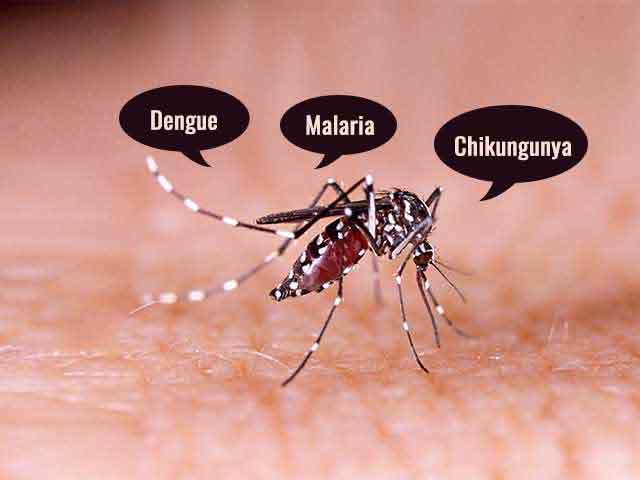
Tropical and sub-tropical countries have climatic conditions that make the at...Read More
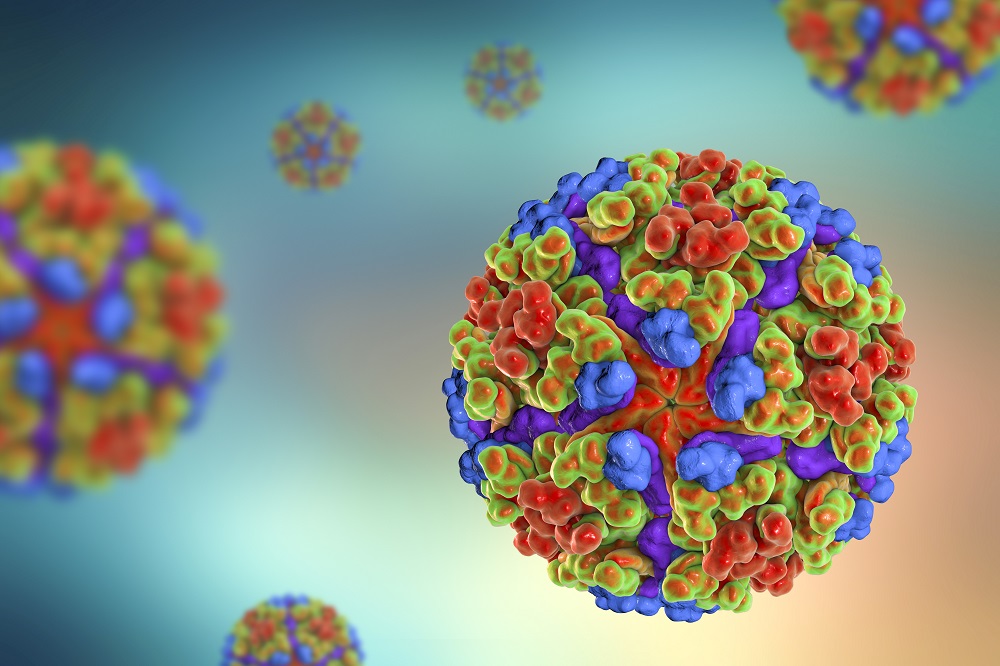
Transmitted to humans through the bite of a mosquito, chikungunya is a viral ...Read More

Rubella is caused by the RuV (Rubella virus) and is a contagious viral infect...Read More

Never ignore the first cues of viral fever Viral...Read More

A bacterial infection called typhoid can spread throughout the body and harm ...Read More
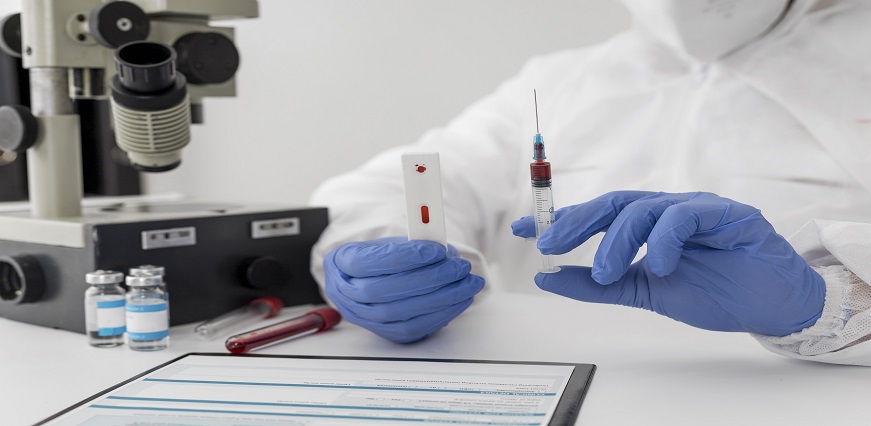
Are you experiencing symptoms like fever, headache, and muscle aches? These a...Read More

Are you feeling under the weather lately? Well, you're not alone! The num...Read More

What is Pyrexia? Also known as fever, pyrexia is...Read More

Viral fever, a common ailment that affects people of all ages and genders, is...Read More

Rheumatic fever is a condition that often flies under the radar, but its impa...Read More

Intermittent fever is crucial for effective diagnosis and treatment. This blo...Read More

Chills can be an unsettling experience, especially when they strike without t...Read More

Scarlet fever is a contagious illness that is typified by its characteristic ...Read More

h3n2 virus is a subtype of Influenza A. It is a common disea...Read More